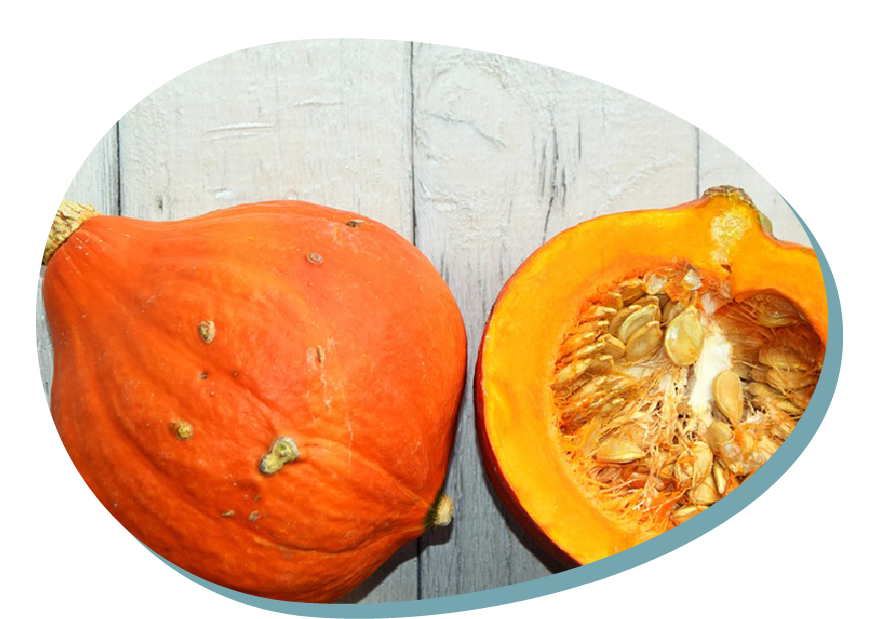Pumpkin Pitch – sound experiment
Type of resource: Digital Book
Web address –
Language: English
Description
Discovering how different tools can produce different sounds when “tapping” a pumpkin.
Scientific concept introduced
Sounds: classifying the different sounds produced by different tools
Creative and critical thinking
Critical Thinking:
– Analysis
– Explanation
Mathematical reasoning
Measuring non-standard units
Sequencing
Scientific thinking
Questioning
Observing
Exploring
Recording
Analysing
Drawing conclusions
Learning how to learn
Self-efficacy in learning
Engagement in learning
Learning collaboratively
Additional
Oral language – listening and following instructions
Hand-eye coordination
Fine motor skills
Pre-reading skills eg sequencing
Collaborative skills through group Work
Pumpkin Pitch – sound experiment
Overall aims
To allow the children discover how different tools can produce different sounds when “tapping” a pumpkin.
Vocabulary – keywords should be understood
Clank, higher, lower, ping, pitch, pumpkin, thud.
Expected learning outcomes (operational aims)
The children will be able to:
– Classify the different sounds produced by various tools on the pumpkins
– Analyze the different sounds
– Describe the different sound
– Produce different sound using the Pumpkin and, eventually, other tools
– Work in group to report the results of their sound experiments with the pumpkin.
STEM skills – to which the learning unit is related to
CORE STEM SKILLS
Observing and making predictions
Asking questions
Analyzing
Recording
Inferring
Drawing conclusions
ADDITIONAL SKILLS
Hand-eye coordination
Fine-motor skills
Listening
Oral Language
Group work
Teaching methodologies/activity outline
1. Separate the children into small groups.
2. Give each group a pumpkin.
3. Explain to the children that they will use different things to tap on the pumpkins, and that as they tap, they should listen carefully for the different sounds they make.
4. Model for them how to tap safely on the pumpkins and listen carefully to the sounds, trying to think of words to describe them.
5. Have the children take turns in their groups tapping on the pumpkins using different “instruments”.
6. As one child taps, the other children should listen carefully. Note: It may be necessary to spread the groups out so they can hear their individual sounds better.
7. As they finish, ask the children to describe the sounds they heard. Write the words children use to describe the sounds on a piece of chart paper.
Questions you can ask:
What kind of sound did your “instrument” make on your pumpkin?
Was it soft or loud?
Which objects made the loudest sounds? The softest?
Which objects made sounds that were alike? Which objects made sounds that were different?
Did any of the instruments make a thud-type sound?
What other words can you use to describe the sound you made when you tapped on your pumpkin?
Assessment of learning
–
Equipment and materials to be used in learning unit (tools, ingredients etc)
– one pumpkin for each small group
– assorted “instruments” for tapping the pumpkins, such as metal spoons, plastic spoons, ice cream scoops, spatulas (metal and plastic), plastic measuring cups, wire whisks, measuring spoons (metal and plastic), or can openers
– chart paper
Kind of setting
Kitchen or classroom with cooking facilities
References – source
Digital Book: Plaster, L., Krustchinsky, R. (2010). Incredible Edible Science: Recipes for Developing Science and Literacy Skills, Redleaf Press.
Pumpkin Pitch – sound experiment
1. Usefulness for STEM education – integrating content of different disciplines
Cross-curricular character of the resource

The range of S-T-E-M subjects included

The presentation of possibilities of including artistic activities (STEAM approach)

2. Expected learning outcomes
Consistency (links) with preschool core curriculum

Communicativeness of description

3. Methodology of teaching
Clarity, communicativeness of instructions for teachers

Meaningful learning – using practical life problems

Original idea

The level of ease in implementing the methodology to preschool age children

The level of ease in preparing necessary ingredients, materials and equipment needed

4. Sustainability
Ecological characteristics of materials/ results

Supporting healthy eating habits

Low ecological footprint

Possibilities of inclusion (respecting cultural diversity and food intolerances)

5. Class management
Using differentiated forms of work – individual, team work etc.

Individual work

Team work

Whole group
6. Time management

Short activity (10-15 minutes)

Medium activity (20-30 minutes)

Long activity (1 hour or more)

Very long activity (1 day or more)
PDF: https://www.printfriendly.com/p/g/593f6V

